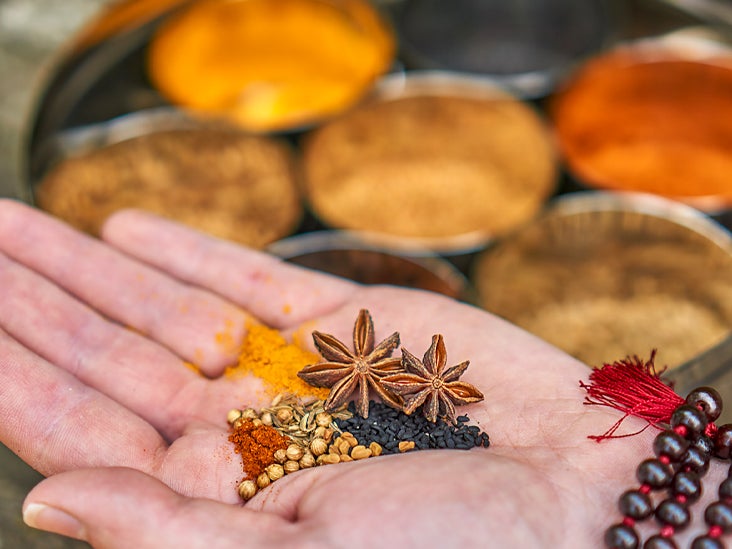JENNIFER BARRETT
AUGUST 28, 2007
Consider this scenario: Anne, Janeen, and Stuart arrive at the office one morning to find their boss waiting, pink slips in hand. Profits are down, she says. Effective immediately, the company needs to downsize. She tells them to gather their belongings, wishes them good luck, and escorts them to the door. The news comes as a terrible surprise to all three, but in the days that follow, each reacts in a markedly different way.
Anne feels anxious; her worrying distracts her from getting anything done during the day, and insomnia keeps her up at night. Janeen becomes consumed by anger and blames her boss, coworkers, and clients. As her resentment mounts, so does her blood pressure. Stuart resigns himself to the news, feeling powerless to change it. He stays home, snacking in front of the TV. His lethargy leaves him with feelings of depression, and eventually leads to weight gain and aggravated respiratory problems.
In the West, we don’t usually dwell on the distinctions between our reactions to stress—we tend to focus on general coping solutions applicable to all, such as a hot bath, a long walk, or a day at the beach. But in the ancient Indian healing system of Ayurveda, stress reduction hinges on a complex understanding of each person. Since no two people handle setbacks the same way, everyone requires a different stress-relief strategy: What might work for Anne could aggravate Stuart, and what might work for Janeen could prove ineffective for Anne. Ayurveda provides specific lifestyle, dietary, herbal, and yogic solutions for each individual that can not only diffuse tension but also help build a foundation for lasting peace of mind.
Ayurveda Explained
Yoga’s sister science of Ayurveda is a system of healing that integrates basic physiology, emotional disposition, and spiritual outlook, then presents all three in the context of the universe itself. Dating back 5,000 years to the ancient Sanskrit texts the Vedas, Ayurvedic theory takes nearly every conceivable stress influence into consideration—from seasonal and planetary changes that affect our well-being to subtle bodily impurities that can precipitate disease. It also sheds light on the thought patterns and physical tendencies that make stress either a constant stumbling block or a nonissue, depending on how well we understand ourselves. Comprehending such an exhaustive system may seem daunting to those who haven’t made it their life’s study. But when it comes to managing stress, Ayurvedic concepts can be boiled down to a basic idea: Trace stress back to its roots, then find lasting ways to change the patterns that cause it.
We often speak of stress in terms of the situations we find ourselves in—traffic jams, looming deadlines, getting laid off. But Ayurveda holds that stress actually originates in the mind. “Fundamentally speaking,” says Nimai Nitai Das, an Ayurvedic physician in Boston, “stress is a disorder of rajas.” Rajas represents passion or undirected activity; it’s one of three universal qualities, or gunas (the other two are sattva, or purity, and tamas, or inertia). According to Ayurvedic texts, too much rajas shows up in the mind as attachment, craving, and desire—by their nature, these impulses can’t be satisfied and therefore create a negative psychological disposition.
While overly stressed people might have excess rajas in common, how they respond to the condition depends on their individual mind-body constitution. Each Ayurvedic principle—vata (air), pitta (fire), and kapha (earth)—exists in all of us to varying degrees as doshas, with usually one, sometimes two, and, in rarer cases, all three predominating to create our constitution.
Our predominant dosha shapes who we are, what we look like, and how we think; it influences everything from our career choices and favorite foods to the style of yoga we prefer. For self-understanding, it’s crucial to identify our inherent constitution and which doshas predominate. (Take our Dosha Quiz here.) But for the purposes of stress management, our doshic imbalance can prove even more revealing. In other words, it’s not so much which dosha most shapes our constitution but rather which one is out of whack.
When we act out our excess rajas, the resulting stress manifests itself in the body as a vata, pitta, or kapha imbalance, depending on the person. For instance, a person may have a strong kapha constitution, being grounded, wise, stable, and compassionate. But at her worst, she may display a classic pitta imbalance, being irritable, judgmental, and quick tempered.
Constitutional Amendments
So how do we know when we have an imbalance? Experts strongly advise visiting an Ayurvedic physician who will make an assessment based on pulse diagnosis, tongue evaluation, and your personal history. As Ayurveda has many subtleties, it’s hard for a layperson to do a self-assessment; trying to reduce stress using an incorrect diagnosis could make matters even worse.











